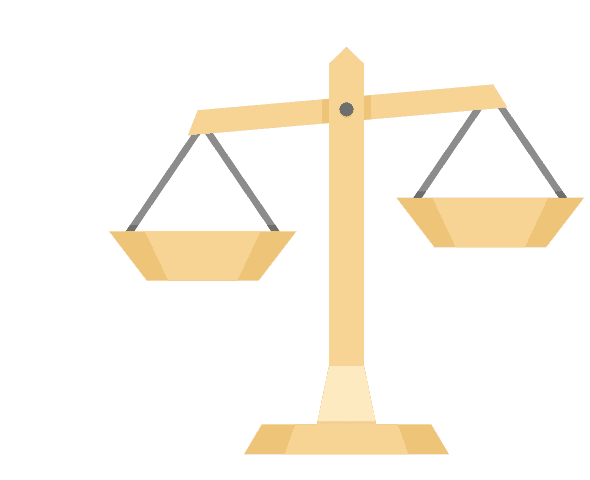Most home buyers looking for a mortgage start the process with the notion that there’s a one-size-fits-all solution for everyone – when in fact, there are multiple options available for different types of buyers. While traditional mortgages are most common amongst Canadians, there are other more niche products available worth exploring. One example is an interest-only mortgage.
What is an interest-only mortgage?
An interest-only mortgage is one where the borrower is only required to pay the interest accumulated on the mortgage for a specific period of time – typically five or 10 years. Once that period ends, the borrower can begin making both principal and interest payments.
The pros of an interest-only mortgage
Interest-only mortgages offer two kinds of benefits. First, they allow buyers to save money for a set period of time. Because buyers aren’t required to pay a traditional mortgage payment, they have the freedom to focus solely on paying interest until it’s necessary to begin with their principal payments. Another benefit is the level of flexibility these mortgages can provide. In fact, lenders can be quite accommodating to buyers who use interest-only mortgages. For instance, lenders may offer fewer fixed terms on the mortgage, primarily because they expect some form of assurance such as a good credit score or an above-average income in return.
The cons of an interest only mortgage
Aside from the lenient terms and the ability to save money, interest-only mortgages come with a few disadvantages. For example, it’s extremely difficult to obtain ownership of your property with this type of mortgage. When a payment is made through an interest-only mortgage, it makes it more difficult to claim equity because you’re not actually paying off the mortgage.
It's also harder to sell or refinance a home with an interest-only mortgage. This can be due to unforeseeable factors such as a decrease in home value, an increase in interest rates or an insufficient income level for refinancing. An interest-only mortgage is also more expensive to maintain compared to a traditional mortgage because you’re deferring those initial principal payments to later in the mortgage term. Once that “interest-only” period is over, your mortgage payments will become increasingly higher as you’ll be paying both the principal and interest on the mortgage.
Some alternatives to interest-only mortgages
If you can’t get an interest-only mortgage, here are some other ways you can lower your monthly payments:
Lengthen your amortization period
If your amortization period is longer, your monthly payments will be less because they are spread across a longer period of time. In Canada, amortization periods typically range between 15 to 30 years, however, most people choose either 25 or 30 years. If your down payment is less than 20% of the purchase price of your home, the amortization maximum is 25 years.
Make a larger down payment
This will help reduce your monthly payments as well as the size of your mortgage. Putting more down could also increase your chances of securing a lower interest rate, making it easier to repay your loan sooner.
At Homewise, we know that buying a home is one of the most significant investments you’ll ever make. That’s why, before making a final decision, it’s important to be aware of what’s available to you. Shopping around different lenders will open your eyes to so many different mortgage options and features that might better suit your financial situation.
Apply online today in just 5 minutes and one of our dedicated mortgage advisors will be happy to walk you through the process of understanding which mortgage is right for you.








